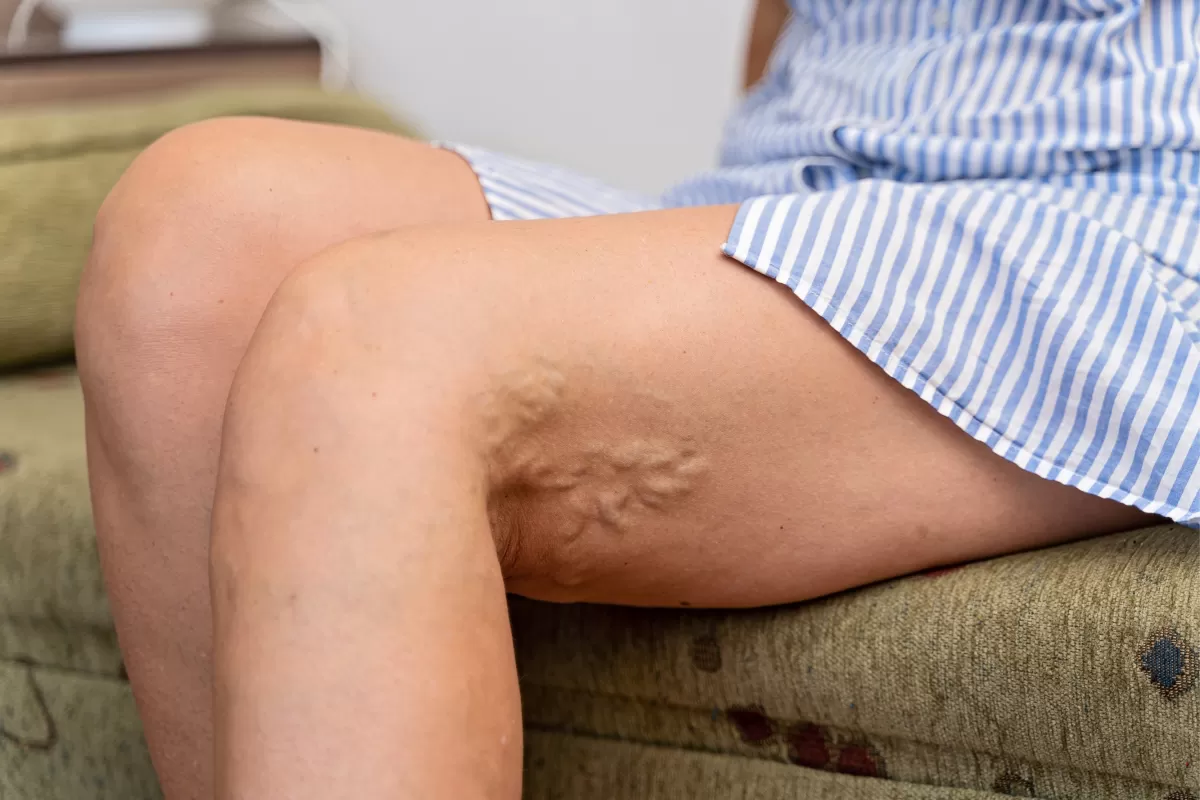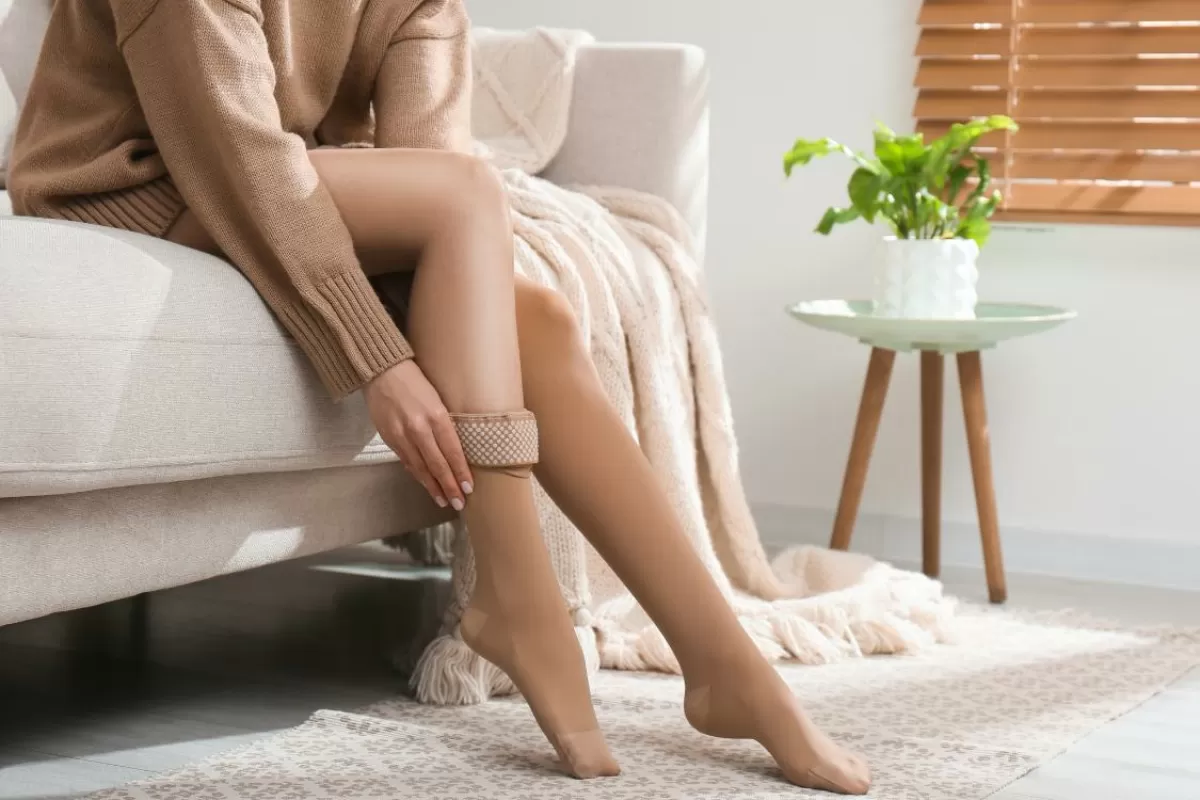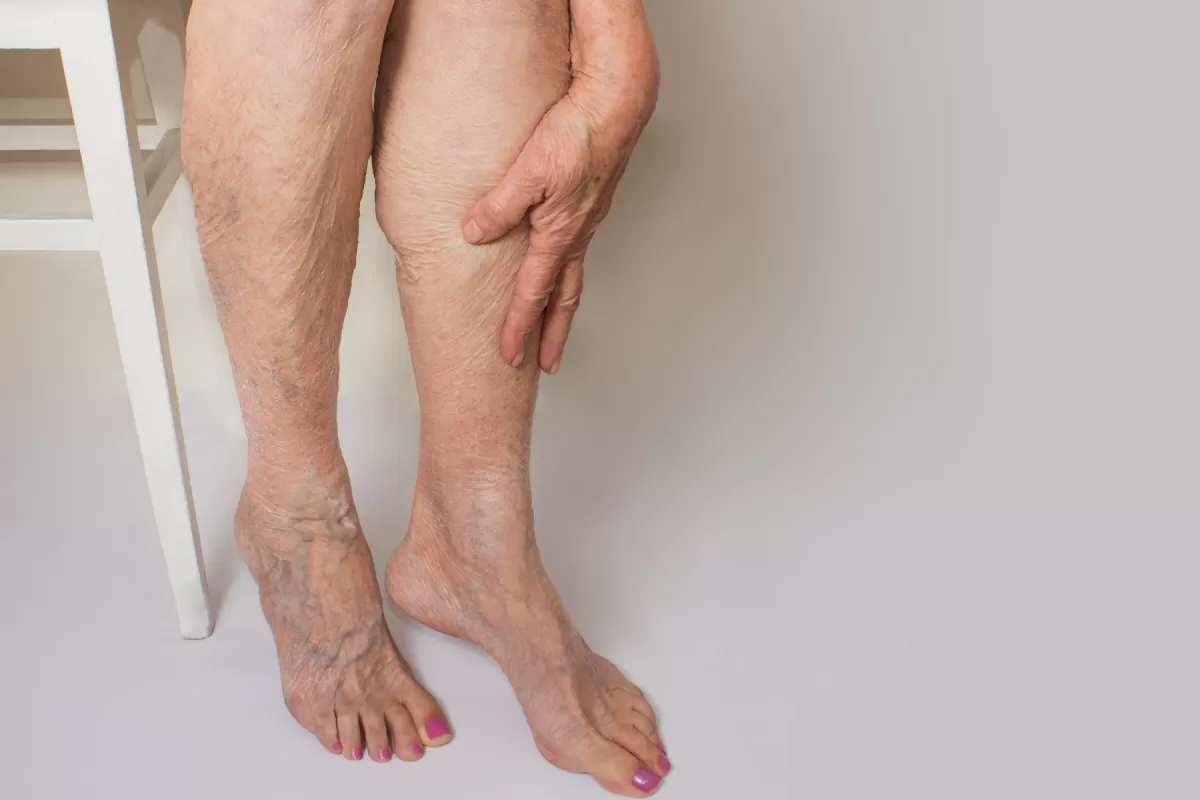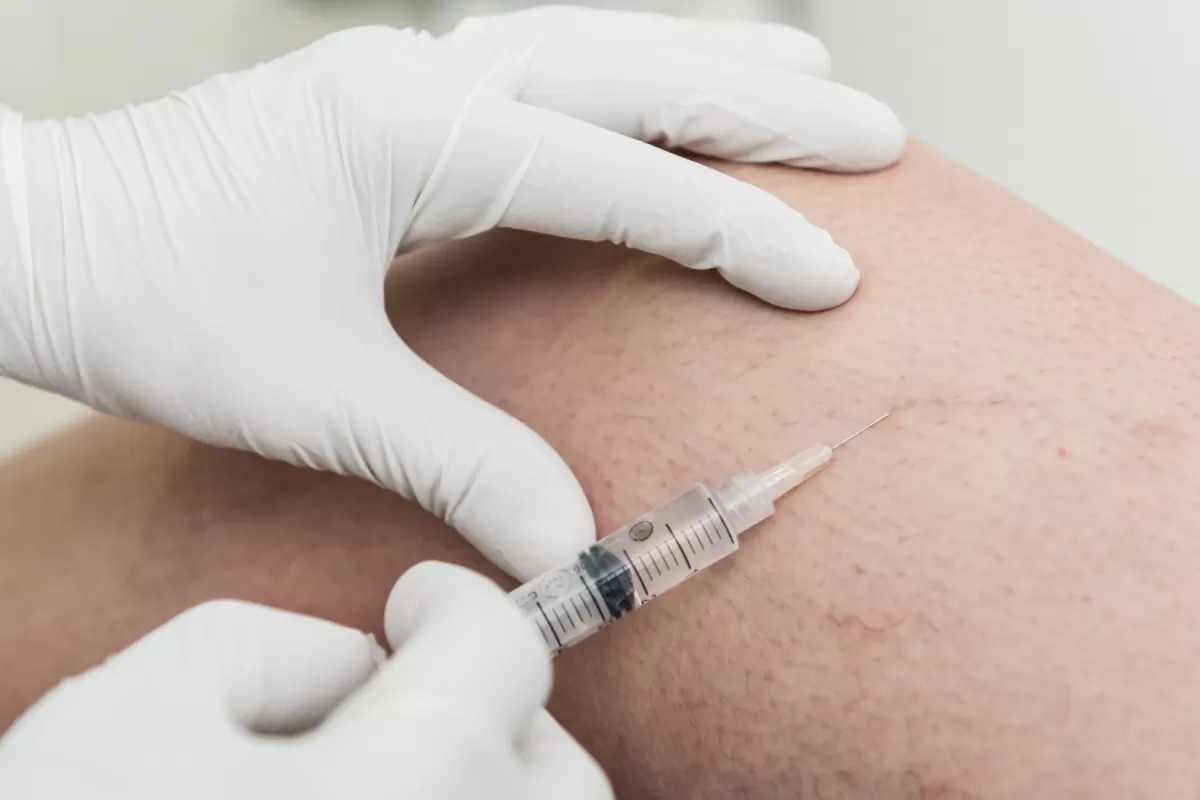Understanding the Differences between Varicose Veins and Spider Veins: A Comprehensive Guide by Canberra Vein Care

If you’re suffering from vein-related issues, it’s important to know the difference between varicose veins and spider veins. These conditions may seem similar, but they have distinct characteristics and require different treatments. Canberra Vein Care, a leading vein clinic in Canberra, specialises in nonsurgical vein treatment, including minimally invasive varicose vein treatment and spider vein treatment. In this blog post, we’ll define varicose veins and spider veins, and discuss what sets them apart from each other.
What are Varicose Veins?
Varicose veins are swollen, twisted veins that typically occur in the legs. They are caused by a condition called venous insufficiency, which happens when the valves in the veins fail to function properly. This leads to blood pooling in the veins, causing them to enlarge and become visible through the skin. Varicose veins are often blue or purple in color and may bulge out from the skin’s surface. They can cause symptoms such as pain, aching, heaviness, and discomfort, and may worsen over time if left untreated.
What are Spider Veins?
Spider veins, also known as telangiectasia, are smaller, dilated blood vessels that appear close to the skin’s surface. They are usually red or blue in color and resemble a spider’s web or a branching pattern. Spider veins can occur in various parts of the body, including the legs, face, and other areas. Unlike varicose veins, spider veins do not bulge out from the skin and are usually not associated with symptoms like pain or discomfort. However, they can be cosmetically bothersome for many people and may affect their self-esteem.
Differences between Varicose Veins and Spider Veins:
Size and Appearance: Varicose veins are larger and often bulge out from the skin, while spider veins are smaller and appear as a web-like or branching pattern close to the skin’s surface.
Location: Varicose veins commonly occur in the legs, whereas spider veins can appear in various parts of the body, including the legs, face, and other areas.
Symptoms: Varicose veins are often associated with symptoms such as pain, aching, heaviness, and discomfort, while spider veins usually do not cause symptoms.
Treatment Options for Varicose Veins and Spider Veins:
Varicose Veins Treatment:
At Canberra Vein Care, we offer advanced nonsurgical vein treatment options for varicose veins. These may include:
- Endovenous Thermal Ablation: This minimally invasive procedure involves using heat energy to close the affected vein, allowing blood to be redirected to healthier veins.
- Medical Superglue: This innovative treatment uses a special medical adhesive to seal the diseased vein, restoring proper blood flow and alleviating symptoms.
- Ultrasound Guided Sclerotherapy: This procedure involves injecting a solution directly into the varicose vein under ultrasound guidance, causing it to collapse and gradually disappear.
Spider Veins Treatment:
For spider veins, Canberra Vein Care offers the following treatment options:
- Ultrasound Guided Sclerotherapy: Similar to the treatment for varicose veins, this procedure involves injecting a solution into the spider vein under ultrasound guidance, causing it to collapse and slough away.
- Micro Sclerotherapy: This technique involves injecting a specialised solution in the spider veins either using direct vision or with the assistance of vein vision technology called Accuvein, causing them to shrink and eventually disappear.
Our experienced vein specialists will assess your condition and recommend the most appropriate treatment approach based on the severity and location of your veins.
At Canberra Vein Care, we provide comprehensive and minimally invasive treatment options for both varicose veins and spider veins. From endovenous thermal ablation and medical superglue for varicose veins, to ultrasound guided sclerotherapy and micro sclerotherapy for spider veins, we offer tailored solutions to meet your unique needs. Contact us to schedule a consultation and take the first step towards healthier, vein-free legs.



